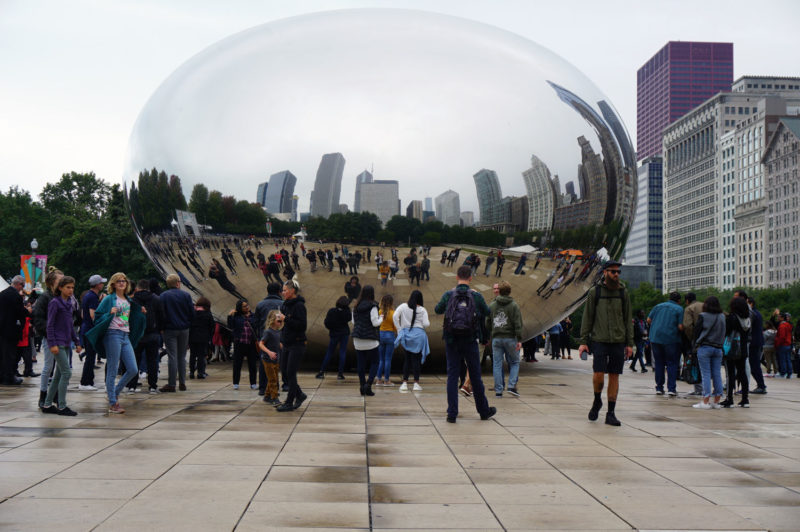
I drove my husband out to view his mother’s body before its cremation. It took about 20 minutes to reach this aluminum-clad facility in Kent, Washington, where a man greeted us at the door and explained that 95 percent of what they do is industrial. Nonetheless, the business had a small chapel, quite devoid of anything denoting religion but partitioned off from the front office to create privacy and the impression that, from one day to the next, everything about the space was exactly the same.
One of the things I love most about my husband is that he knows what he needs. It was absolutely essential to him that he “say good-bye” to his mother. During his periodic visits to Seattle while she was alive, he would always pencil in one afternoon for what he dubbed their “private audience.” It was their chance to shoot the breeze unreservedly. Such was the tradition informing this last private viewing, which combined a valediction and blessing upon her soul with a tribute to one who had “never shirked any duty” and was “a fantastic mom.”
My father used to say, “Funerals are for the living.” Sitting with the dead is a way of respecting the mystery of personality and soul now departed from a lifeless but oh-so-familiar body. Even under the most modest circumstances, mourning is a social ritual that, while venerating the dead, reaffirms the solidarity of the living community–whose joys, comforts, and humors rudely survive death’s sting.
